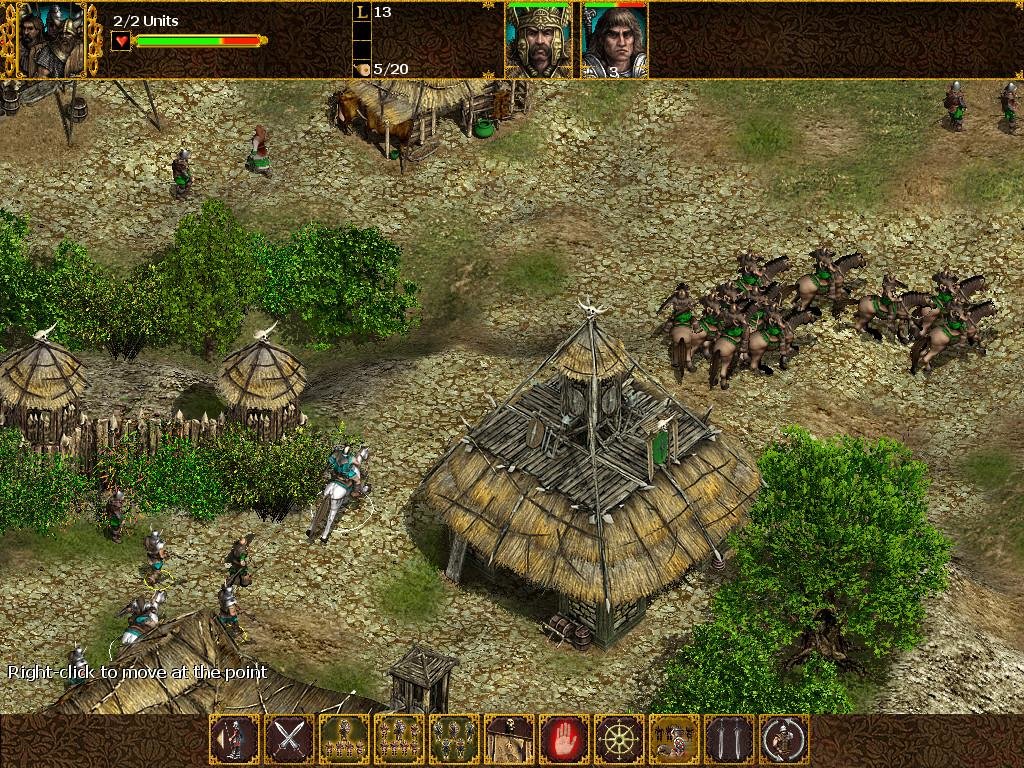
With the arrival of people and their permanent settlements, the Tuatha Dé Danann continued to muck about in the lives of people but retreated to the Otherworld, their home world, a world still reachable through places such as fairy forts or fairy burrows. In a nutshell: before people came to that archipelago off the Northwestern coast of continental Europe, a race of intelligent magical beings calling themselves (in Irish, anyway) the Tuatha Dé Danann ("the people of the goddess Danu") lived there. The cultural taboo against consigning knowledge to writing certainly didn't help. Mainland Europe's Celtic traditions were mostly lost due to invasion and assimilation of Celtic populations in their conquerors' own societies (mainly The Roman Empire and Germanic tribes). They are further split into "Cycles" (Ireland) and "Branches" (Wales). While they share many tropes and have certain figures in common, they do not really overlap each has its own unique stories. There are two main (surviving) strands of Celtic mythology: Goidelic (Irish/Scots/Manx) and Brythonic (Welsh/Cornish/Breton).


These are the tales that The Fair Folk comes from.

You have probably heard some stories influenced by these myths, although you might not realize it.


 0 kommentar(er)
0 kommentar(er)
